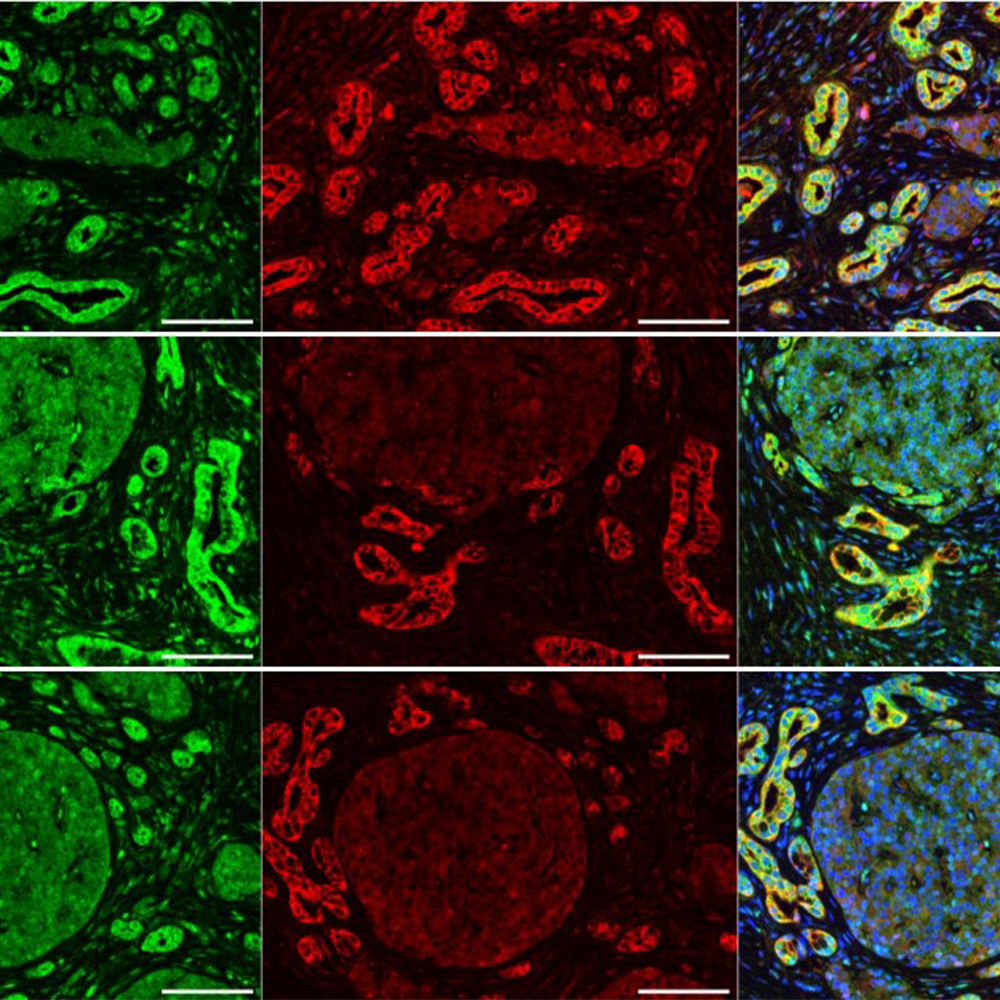Not a cure, but an extension: How immunotherapy works for advanced lung cancer
Commentary by Dr. David Gerber

For nearly five decades, doctors have used various forms of immunotherapy to treat certain cancers. These treatments stimulate the patient’s own immune system to attack a disease, much like it would a virus or another foreign invader. Promising data have emerged to indicate its effectiveness against many cancers, including lung, kidney, melanoma, and some colon cancers.
Most recently, lung cancer has received attention for data released from a study published in The New England Journal of Medicine and featured in The New York Times. In the study, the immunotherapy drug pembrolizumab (Keytruda®) was combined with chemotherapy to determine whether the dual approach was more effective than chemotherapy alone for metastatic nonsquamous non-small cell lung cancer.
The results are encouraging: Patients who received the dual therapy lived longer than those who received only chemotherapy. In fact, the findings suggest that earlier introduction of immunotherapy for certain patients might one day become the standard treatment.
But while the data are promising, we must not be too eager to declare victory. Today’s immunotherapy is not a cure for late-stage lung cancer. However, it can give certain patients more precious time with family and friends. To provide that, we must carefully select patients who will benefit most and determine the most appropriate available treatment. Recent developments have focused on immune checkpoint inhibitors and on CAR-T cell therapy.
Two types of cancer immunotherapy
Checkpoint inhibitors
If you imagine your immune system as a vehicle, checkpoints would be the brakes. Checkpoints prevent people from developing autoimmune diseases such as lupus, Crohn’s disease, and other conditions in which the body attacks healthy tissue and organs.
Checkpoint inhibitor drugs such as Keytruda essentially take the brakes off in a controlled way to enhance the patient’s immune system response to cancer. These agents are administered intravenously, usually every 2-6 weeks depending on the specific medication. While most patients tolerate treatment quite well, some develop autoimmune side effects. These occur when the stimulation of their immune system results in an immune attack on their normal tissues. These toxicities might affect almost every organ in the body and occur at any point during treatment. Despite these risks, immune checkpoint inhibitors represent one of the most promising advances in cancer treatment in the past 50 years.
CAR-T cell therapy
T-cells are what we consider the workhorses of the immune system. These cells are responsible for carrying out attacks against infections – and also cancer cells. In chimeric antigen receptor therapy (CAR-T cell therapy), we draw blood from the patient, then identify, isolate, and remove the patient’s own T-cells. We then modify the T-cells by adding a new component (the chimeric antigen receptor) that allows it to recognize and attack certain cancers. Then we reintroduce the modified T-cells into the patient’s blood with the goal that the cells will eradicate the cancer.
CAR-T cells appear to have an established role in the treatment of some forms of leukemia, primarily in children. Treatment of adult cancers, especially solid tumors, remains experimental. Ted Laetsch, M.D., has pioneered the treatment of pediatric acute lymphoblastic leukemia with CAR-T cell therapy. Learn more.
Which lung cancer patients can benefit?
A small number of patients have a very high level of PD-L1, a biomarker (or a protein) that indicates a tumor is especially susceptible to immunotherapy drugs. Non-small cell lung cancer accounts for 85 percent of cases. Of those, about 25 percent have a high enough PD-L1 level by today’s standards to benefit from the initial use of immunotherapy as opposed to chemotherapy alone.
How PD-L1 levels will be used to plan treatment is not fully clear. Immunotherapy drugs might work in patients even if the PD-L1 level is very low. Also, adding pembrolizumab (Keytruda) to chemotherapy appears to offer benefit regardless of tumor PD-L1 level.
To consider giving immunotherapy alone as the initial treatment of lung cancer, we must perform tissue testing of PD-L1 levels. For lung cancer, this may present several complexities, which can result in additional time between testing and treatment:
• The ability to biopsy the tumor and assess PD-L1 levels is dependent upon the location of the cancer.
• Some patients don’t have enough tissue to test for PD-L1.
• The test might not have been ordered before the patient saw the oncologist, which would result in a subsequent visit.
• The biopsy was performed at a different medical center and would need to be redone to ensure the care team is on the same page.
Expectations and conversations

While this time lapse does not pose an additional physical threat to many stage 4 cancer patients, it can pose a psychological threat. A doctor can explain that seven to 10 days is not enough time for a cancer to progress in a threatening way, but the doctor is not the one dealing with the cancer. That waiting game can be understandably difficult for patients and families.
Though immunotherapy is among the past decade’s biggest breakthroughs in medical lung cancer treatment, it’s not yet as advanced as some patients would hope. Doctors and patients need to have frank conversations about the capabilities of immunotherapy and understand that while it allows us to extend the lives of patients with metastatic lung cancer, it’s not usually curative. As doctors and researchers, curing this difficult disease is our long-term goal, but we still have a lot more work to do to make that a reality for most patients.
Our research
At any given time at UT Southwestern, we have at least a dozen clinical trials on immunotherapy for various types of cancer. We are one of just nine centers in the U.S. participating in the only phase 2 global registration study of CAR-T therapy study for Myeloma, which is the BB2121 product from Celgene/Bluebird Bio. This study is fast-tracked by the Food and Drug Administration. There will be several European sites for this phase 2 study, but only a couple are opened as of the date of this publication.
We also capitalize on our institution’s international expertise in stereotactic radiation, or SABR, which is high-potency, focused radiation that spares the healthy tissue around a tumor. There’s a growing body of data to suggest that SABR can increase the patient’s immune system’s awareness of and ability to attack a cancer.
UT Southwestern doctors are conducting several clinical trials to study the effectiveness of SABR combined with immune checkpoint inhibitors and other forms of immune therapy in kidney cancer and prostate cancer. We also have pioneered biomarker testing of patients’ blood to study who’s most likely to benefit from immunotherapy and who’s most likely to develop immune-related adverse events.
David Gerber, M.D., is associate director for clinical research at the Harold C. Simmons Comprehensive Cancer Center at UT Southwestern Medical Center in Dallas.




